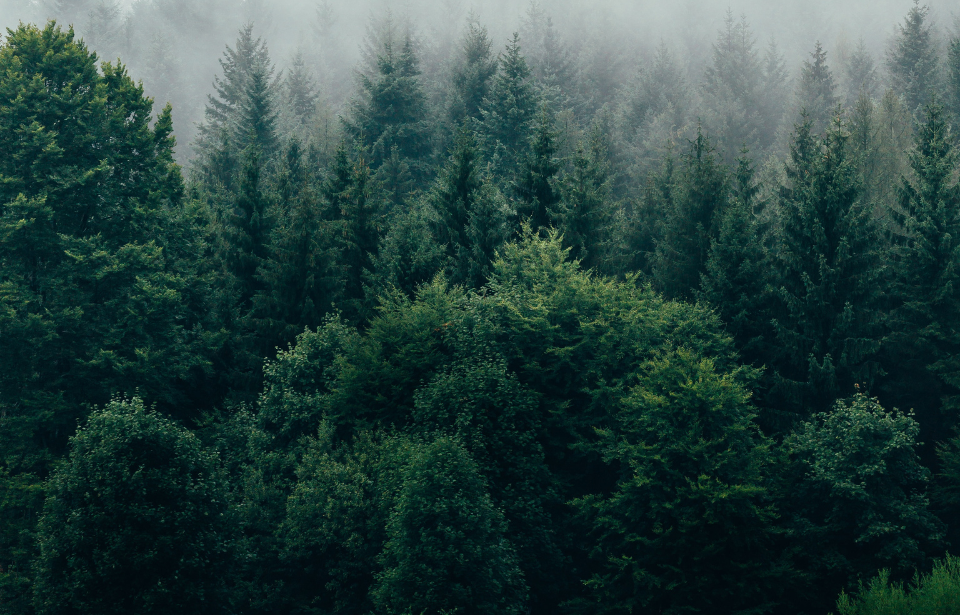The precise origins of the 140 larch trees that formed this symbol remain unclear. Most sources suggest they were planted around a year before the outbreak of World War II. These larches stood out for their unique seasonal changes; unlike the surrounding evergreens, they changed color in both fall and spring, briefly revealing their hidden message for only a few weeks each year.
There is ongoing speculation about the reason these trees were planted. One theory suggests they were planted to commemorate the Führer‘s birthday, though there is no solid evidence to support this claim. Another possibility is that a local resident planted them in tribute to someone imprisoned at Sachsenhausen for secretly listening to the BBC. A different account comes from a farmer who recalls, as a child, being hired by a forester to plant the larches.
The forest-themed design, visible only from the air, went largely unnoticed after World War II. The Soviet Union’s occupation of East Germany brought a ban on private flights, making aerial views of the region impossible. Moreover, the area’s northern location meant that commercial flights from Berlin rarely passed over it.
Despite this, it is believed the Soviets were aware of the symbol but opted not to remove it.
After the reunification of Germany, the government conducted aerial surveys of public lands, including a forest in the northeast. These surveys revealed a disturbing symbol from above. Concerned that the location could become a pilgrimage site, officials decided in 1995 to send forestry workers with chainsaws to cut down 43 of the more than 100 larch trees.
Despite these measures, the World War II-era symbol continued to be visible from the air and drew renewed attention in 2000 after a report by Reuters. As a result, an additional 25 trees were cut down, ultimately eliminating the image.
While this may be the most well-known hidden symbol, similar ones have been discovered in forests throughout Germany. There’s also one in Kyrgyzstan, thought to have been planted around the same period as the one in Brandenburg.
Want War History Online‘s content sent directly to your inbox? Sign up for our newsletter here!
Theories abound as to its origins, with the most popular being that it was either planted by prisoners of war (POW) on forestry duty, it was erected as a tribute to the non-aggression pact between the USSR and Germany, or that it was planted by laborers.
